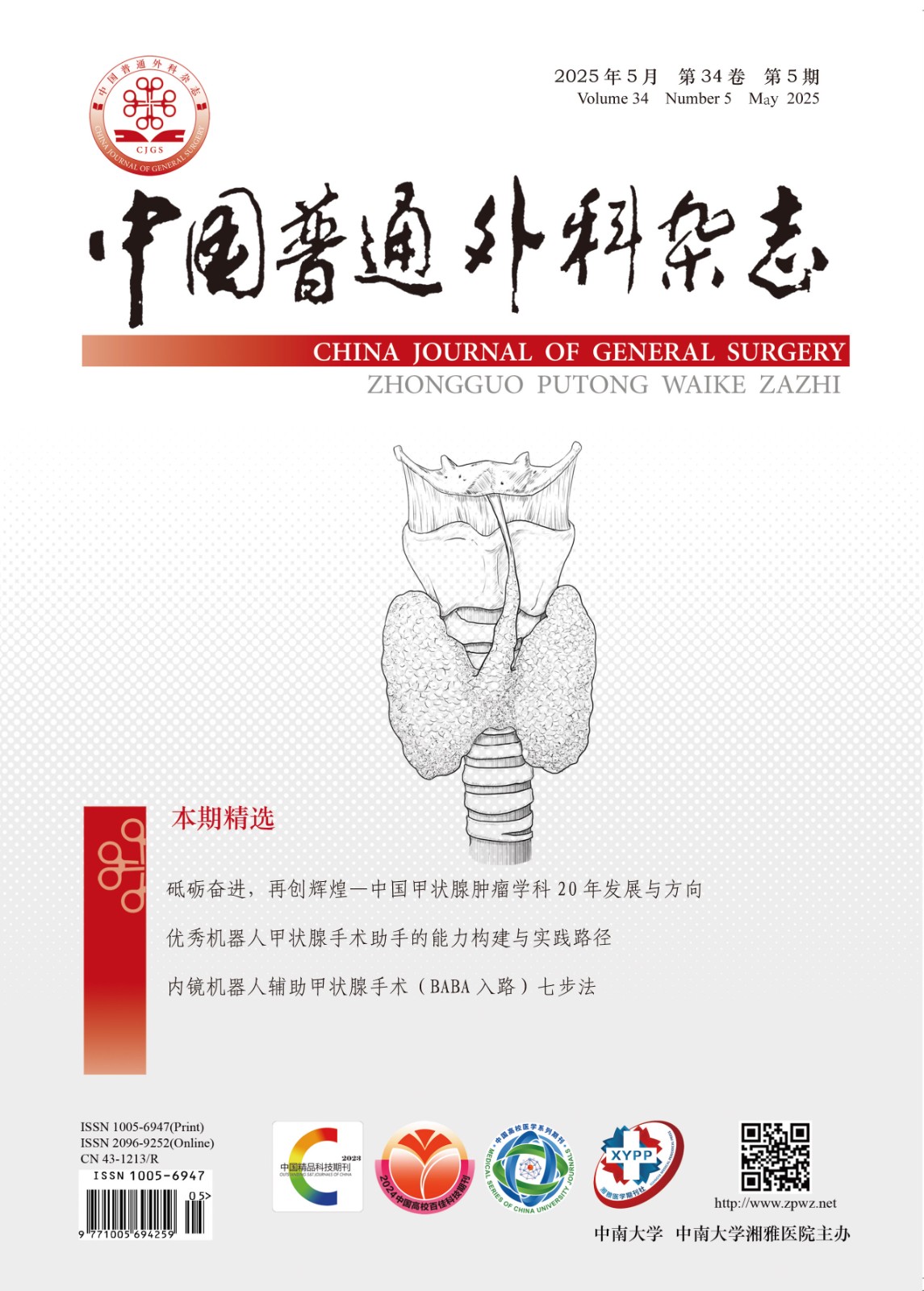Abstract:
Objective:To investigate the impact of hydroxyethyl starch solution(HES130/0.4)therapy after hepatectomy for HCC patients associated with liver cirrhosis.
Methods:Between January 2009 and May 2010, 108 post-hepatectomy patients with HCC associated with liver cirrhosis were enrolled in this prospective, non-randomized controlled study. The 54 postoperative patients in the treatment group received hydroxyethyl starch solution(HES130/0.4)treatment daily for the first three postoperative days; the other 54 postoperative patients in the control group were given intravenous albumin therapy.Preoperative and postoperative alanine aminotransferase, aspartate aminotransferase, albumin, C-reactive protein, the incidence of postoperative complications and postoperative length of stay were compared.
Results:Preoperative clinical data, type of liver resection and operative bleeding of the 2 groups were comparable (P>0.05).There was no significant difference in alanine aminotransferase, aspartate aminotransferase, albumin and the incidence of postoperative complications between the two groups.Compared with the control group,the C-reactive protein level on the second day after surgery was significantly lower in the treatment group(t=6.351,P=0.000), and the C-reactive protein level on day 4 and day 7 after surgery also declined, but not significantly(P>0.05).The postoperative complications included infection of incisional wound, pleural effusion, ascites, pulmonary infection,abdominal bleeding, bile fistula and abdominal infection. In the control group, 39 patients had one or more of the complications mentioned above (72.2%, 39/54), and in the treatment group, only 28 patients developed complications(51.9%, 28/54). the incidence of postoperative complications was significant difference between the 2 groups(χ2=4.757, P=0.047).
Conclusions:Hydroxyethyl starch solution(HES130/0.4)treatment in the early period after hepatectomy for HCC associated with liver cirrhosis can effectively obviate the use of albumin, control postoperative inflammation and reduce the perioperative incidence of complications.

